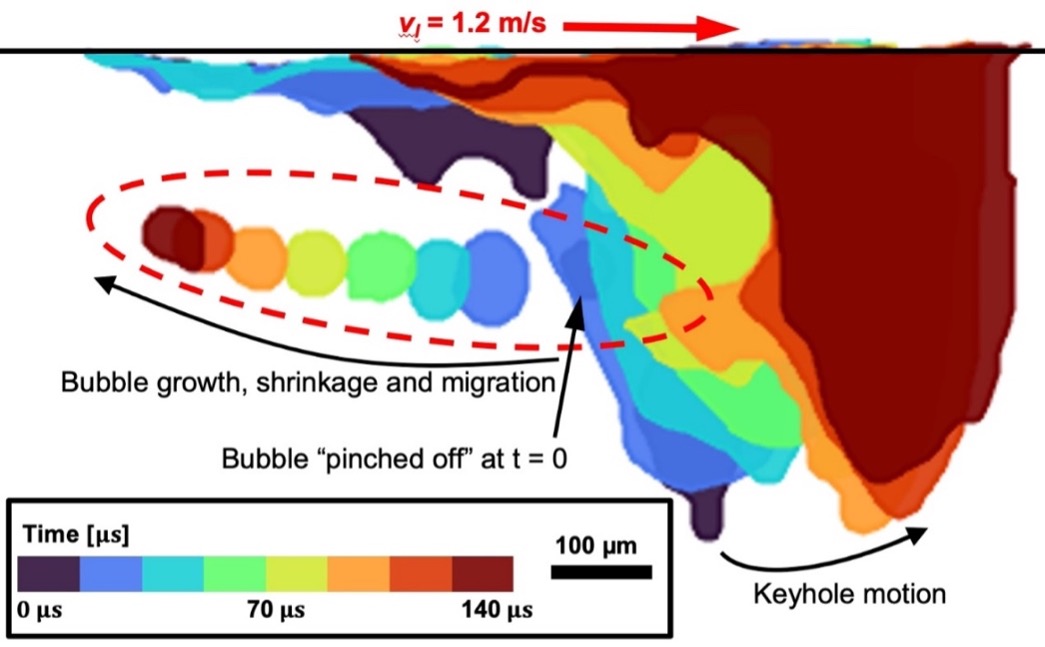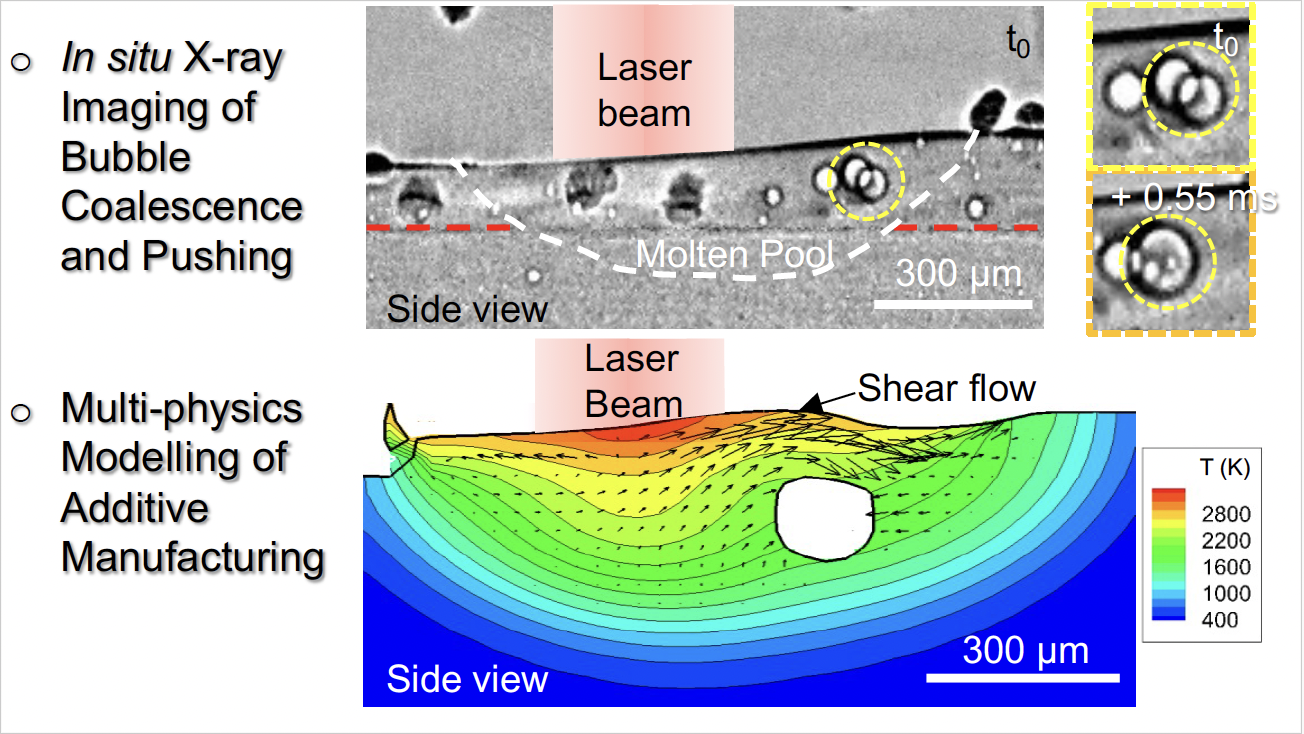All Publications /
Publications:
A Tough Reversible Biomimetic Transparent Adhesive Tape with Pressure-Sensitive and Wet-Cleaning Properties
17 / 12 / 21
PAPER: A Tough Reversible Biomimetic Transparent Adhesive Tape with Pressure-Sensitive and Wet-Cleaning Properties.
PUBLICATION: ACS Nano.
AUTHORS: Li, M., Li, W., Guan, Q., Dai, X., Lv, J., Xia, Z., Ong, W-J., Saiz, E., Hou, X.
A new pressure-responsive polyurethane (PU) adhesive inspired by octopuses could be used for wound patches, medical electrodes and tissue adhesives.
Adhesive structures in nature include the feet of geckos, spiders and octopus suckers.
Some artificial dry adhesives form a stronger bond than that found in nature but their durability and reusability are limited.
This paper discusses a pressure-responsive PU adhesive inspired by the octopus sucker that is biomimetic, transparent, non-toxic, and recyclable.
The adhesion strength is effectively maintained even after 100 bonding–peeling cycles and does not leave glue residue behind.
Its adhesion is far stronger than that of most reported artificial dry adhesives and it can adhere to a variety of solid surfaces including copper, polyethylene, tin foil, steel, wood, magnets, glass, ceramics, acrylic, SLA resin, rubber gloves, plastics and biological tissues.
The adhesive tape can stretch or contract so when a limb moves or stretches, the PU adhesive firmly adheres to the skin instead of slipping or falling off.
It is non-toxic making it potentially useful in applications such as medical electrodes and joint connections of wearable devices.
Its strong adhesion combines two different mechanisms, the negative pressure effect inspired by the octopus sucker and the various intermolecular forces between the adhesive and the solid surfaces.
A contaminated PU adhesive recovers 90 to 95 per cent of its lost adhesion strength after being rinsed with water.
These properties create opportunities for the use of the PU adhesive in a wide variety of fields, including wound patches, medical electrodes, tissue adhesives, and portable devices.
Click here to view the paper.
The image below shows "(a) Schematic showing the difference between joining to a flat or rough solid surface. (b) Schematic showing the evolution of the contact situation on a rough surface as a function of the joining force. States I–IV show the applied force enhanced gradually. The yellow dots represent the micro/nanopores that generate the negative pressure. (c and d) Resistance force on the contacting area when testing static adhesion strength and 180° peeling force, respectively. (e) Real contact situation between the PU adhesive and solid surfaces contaminated by dirt or liquid." Reprinted with permission from Li, M., et al. (2021). A Tough Reversible Biomimetic Transparent Adhesive Tape with Pressure-Sensitive and Wet-Cleaning Properties. ACS Nano. Copyright (2021) American Chemical Society.

More:
Publications
-

-
X1 Case Study B (UCL)
Impact of powder oxidation during additive manufacturing
Investigators: Prof Peter Lee
Researchers: Prof Chu...

